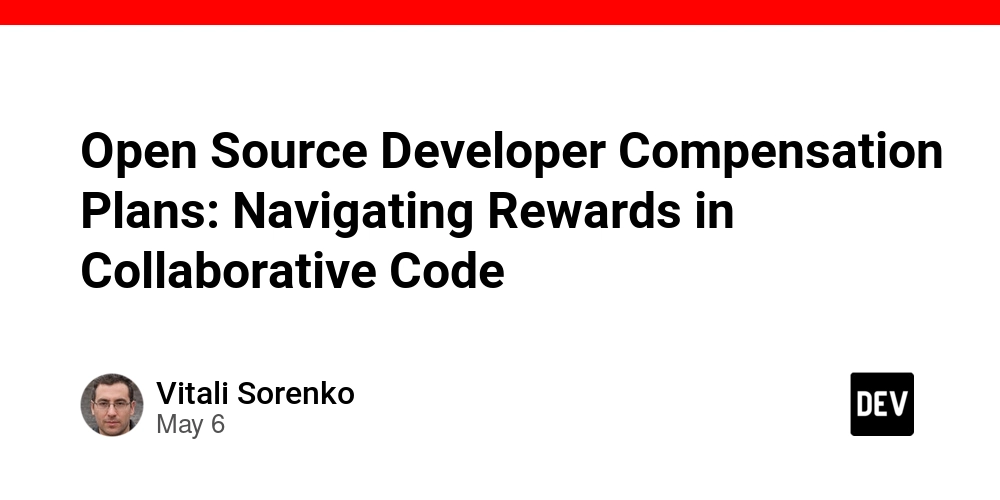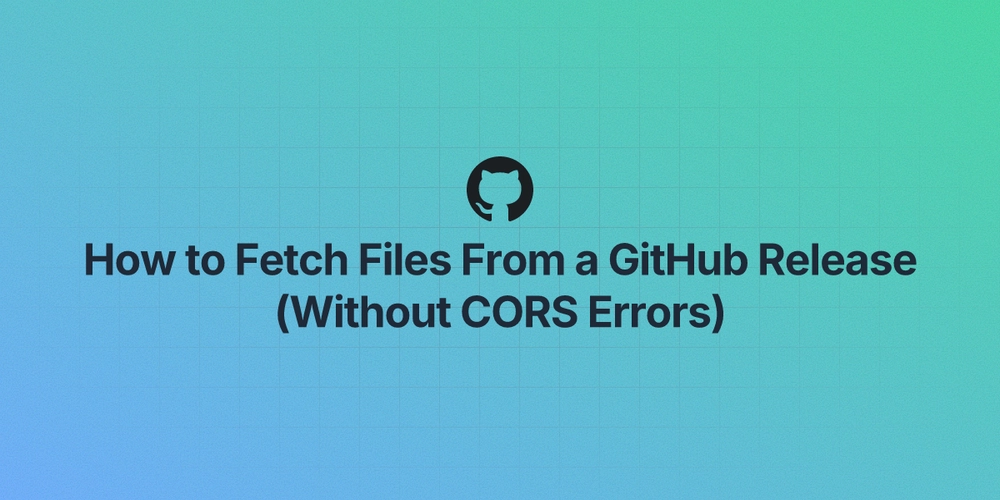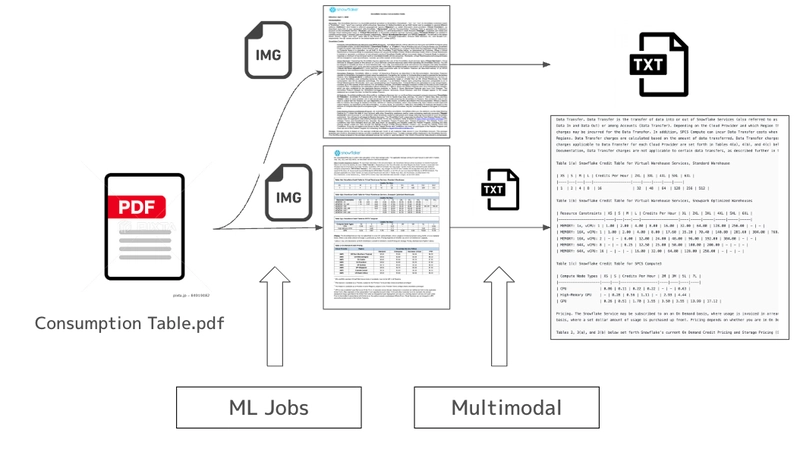Landing from Clouds: Why On-Premise Will Eventually Win
“The computer industry is the only industry that is more fashion-driven than women’s fashion.” — Larry Ellison In our era, the cloud is the haute couture of infrastructure. Everyone wants it. Everyone says you need it. And few ask whether it actually fits. This post is for those who remember that not every problem needs 12 layers of abstraction. It's for careful builders who believe that owning your tools is better than renting your soul. And here are 12 reasons why on-premise will outlast the hype. 1. Cloud Is Renting the Same Hardware for Triple the Price The cloud sells convenience, but charges premium rent—forever. When you buy servers, you own an asset. When you rent a VM, you feed a meter. The cloud is like living in a hotel room and bragging you don’t have to fix the faucet. Sure, but you’re paying 10× the mortgage and still can’t open a window. 2. DevOps Became a Way to Work 24/7 DevOps was meant to unify teams. Instead, it blurred boundaries: developer and admin, work and sleep, code and ops. Now every developer is also on call. This "you build it, you run it" culture leads to burnout, not harmony. 3. Complexity Is Not a Virtue In the old days, a deployment was make install. Now it's a procession of YAML files, container registries, ephemeral environments, secrets managers, Terraform pipelines, and CI/CD rituals that often do less than a Bash script with rsync. The industry calls this “modern infrastructure”. I call it complexity theater. Many engineers grew up on the UNIX philosophy — small, composable tools, each doing one job well. But this doesn’t mean they signed up for a balkanized mesh of microservices, each with its own language, API, database, and dev team. Microservices often don’t simplify — they multiply: bugs, failure points, logging silos, and deployment dependencies. Abstraction without necessity is just friction in disguise. Ask yourself: Do you need ten services—or just ten functions? 4. You Will Regret Vendor Lock-In When you rent your stack, the landlord can raise the rent—or remove the plumbing. Cloud APIs change, regions go down, and cost models shift. Take CoreWeave, a cloud provider for AI workloads: they’ve accumulated $7.5 billion in debt, much of it due to aggressive infrastructure expansion without sustainable financial models. They now face $1 billion/year in interest. Growth without sovereignty is a debt spiral. 5. Not Every Company Needs Speed. Some Need Sanity There’s a cult of speed in DevOps: deploy 50 times a day! But most companies — municipalities, utilities, banks — don’t need to push hourly patches. They need reliability. A 2025 Vertice survey showed that 55% of CFOs saw cloud spending increase year-over-year, and 24% called it “significant.” These weren’t startup execs—they were finance leaders. The "move fast" mantra, unchecked, has real financial consequences. 6. Data Wants to Stay Home For many industries, data is too large or too sensitive to outsource. Petabytes of sensor data, medical records, or real-time video don’t want to live in some abstract region. They want proximity. They want privacy. And often, regulators demand it. When regulators ask, “Where is the data?” — you can’t answer “uh... us-east-1”. You need direct control. On-premise allows you to define, audit, and defend your policies with confidence. Compliance is not a checkbox, not something to outsource! Regulatory compliance isn’t just a checklist — it’s a legal and financial time bomb, especially when you're storing personal data somewhere in the cloud. Frameworks like GDPR in Europe and HIPAA in the U.S. demand strict control over where data resides, who can access it, and how it’s processed. Cloud vendors offer compliance-ready services, but when breaches or misconfigurations occur, it's your organization — not AWS, GCP or Azure —writing the check. Consider these real-world reminders:

“The computer industry is the only industry that is more fashion-driven than women’s fashion.”
— Larry Ellison
In our era, the cloud is the haute couture of infrastructure. Everyone wants it. Everyone says you need it. And few ask whether it actually fits.
This post is for those who remember that not every problem needs 12 layers of abstraction. It's for careful builders who believe that owning your tools is better than renting your soul.
And here are 12 reasons why on-premise will outlast the hype.
1. Cloud Is Renting the Same Hardware for Triple the Price
The cloud sells convenience, but charges premium rent—forever. When you buy servers, you own an asset. When you rent a VM, you feed a meter. The cloud is like living in a hotel room and bragging you don’t have to fix the faucet. Sure, but you’re paying 10× the mortgage and still can’t open a window.
2. DevOps Became a Way to Work 24/7
DevOps was meant to unify teams. Instead, it blurred boundaries: developer and admin, work and sleep, code and ops. Now every developer is also on call. This "you build it, you run it" culture leads to burnout, not harmony.
3. Complexity Is Not a Virtue
In the old days, a deployment was make install. Now it's a procession of YAML files, container registries, ephemeral environments, secrets managers, Terraform pipelines, and CI/CD rituals that often do less than a Bash script with rsync.
The industry calls this “modern infrastructure”. I call it complexity theater.
Many engineers grew up on the UNIX philosophy — small, composable tools, each doing one job well. But this doesn’t mean they signed up for a balkanized mesh of microservices, each with its own language, API, database, and dev team. Microservices often don’t simplify — they multiply: bugs, failure points, logging silos, and deployment dependencies.
Abstraction without necessity is just friction in disguise. Ask yourself: Do you need ten services—or just ten functions?
4. You Will Regret Vendor Lock-In
When you rent your stack, the landlord can raise the rent—or remove the plumbing. Cloud APIs change, regions go down, and cost models shift.
Take CoreWeave, a cloud provider for AI workloads: they’ve accumulated $7.5 billion in debt, much of it due to aggressive infrastructure expansion without sustainable financial models. They now face $1 billion/year in interest. Growth without sovereignty is a debt spiral.
5. Not Every Company Needs Speed. Some Need Sanity
There’s a cult of speed in DevOps: deploy 50 times a day! But most companies — municipalities, utilities, banks — don’t need to push hourly patches. They need reliability.
A 2025 Vertice survey showed that 55% of CFOs saw cloud spending increase year-over-year, and 24% called it “significant.” These weren’t startup execs—they were finance leaders. The "move fast" mantra, unchecked, has real financial consequences.
6. Data Wants to Stay Home
For many industries, data is too large or too sensitive to outsource. Petabytes of sensor data, medical records, or real-time video don’t want to live in some abstract region. They want proximity. They want privacy. And often, regulators demand it.
When regulators ask, “Where is the data?” — you can’t answer “uh... us-east-1”. You need direct control. On-premise allows you to define, audit, and defend your policies with confidence.
Compliance is not a checkbox, not something to outsource! Regulatory compliance isn’t just a checklist — it’s a legal and financial time bomb, especially when you're storing personal data somewhere in the cloud. Frameworks like GDPR in Europe and HIPAA in the U.S. demand strict control over where data resides, who can access it, and how it’s processed. Cloud vendors offer compliance-ready services, but when breaches or misconfigurations occur, it's your organization — not AWS, GCP or Azure —writing the check.
Consider these real-world reminders:






































































































































































![[The AI Show Episode 145]: OpenAI Releases o3 and o4-mini, AI Is Causing “Quiet Layoffs,” Executive Order on Youth AI Education & GPT-4o’s Controversial Update](https://www.marketingaiinstitute.com/hubfs/ep%20145%20cover.png)











































































































































































































































































































































































![Chrome 136 tones down some Dynamic Color on Android [U]](https://i0.wp.com/9to5google.com/wp-content/uploads/sites/4/2023/03/google-chrome-logo-4.jpg?resize=1200%2C628&quality=82&strip=all&ssl=1)














![Apple Shares Official Teaser for 'Highest 2 Lowest' Starring Denzel Washington [Video]](https://www.iclarified.com/images/news/97221/97221/97221-640.jpg)

![Under-Display Face ID Coming to iPhone 18 Pro and Pro Max [Rumor]](https://www.iclarified.com/images/news/97215/97215/97215-640.jpg)







































































































